Results
-
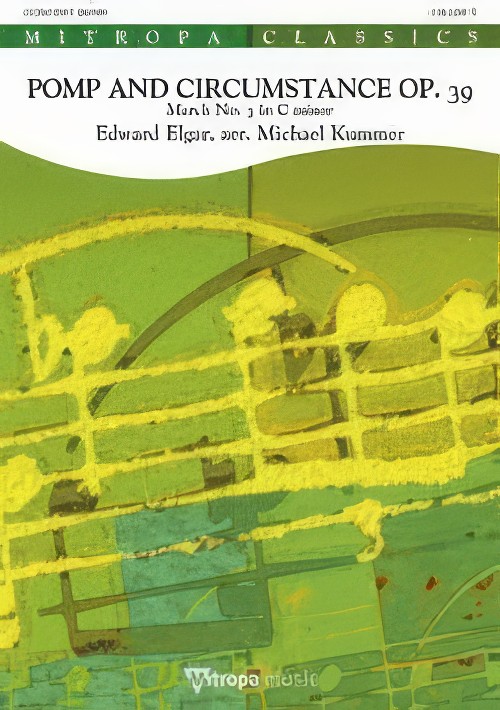 £109.99
£109.99Pomp and Circumstance No.3, Op.39 (Concert Band - Score and Parts) - Elgar, Edward - Kummer, Michael
The English composer Sir Edward Elgar wrote the five Pomp and Circumstance marches between 1901 and 1930, the time of the British Empire, when the colonial and strategic world power of England was at its peak. March No. 3 in C minor, although less well-known then March No.1, was regarded by the composer as the most successful of the marches in terms of composition technique and musical content. The dark colours of the minor tonality and the hopeful sounding cantabile theme are extremely impressive, giving the march its unique character. This is a great chance to bring British pomp and splendour to your performance.
Estimated dispatch 7-14 working days
-
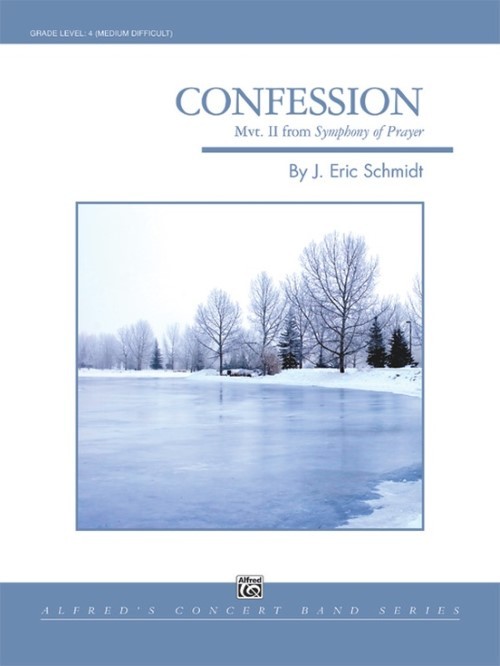 £66.95
£66.95Confession (Movement 2 from Symphony of Prayer) (Concert Band - Score and Parts) - Schmidt, J. Eric
This remarkable composition is the second movement to Eric Schmidt's colourful and dramatic symphony for band. A dark and energetic work, Confession is based on a three-note motive, beginning with a menacing opening, but finally yielding to a beautiful chorale that provides a transition to a somber and reverent conclusion. Brilliant orchestration and well-crafted use of creative thematic material make this a most expressive work. Thanksgiving, the popular third movement of the Symphony of Prayer is also available and makes an excellent choice when performed following Confession.Duration: 6.00
Estimated dispatch 7-14 working days
-
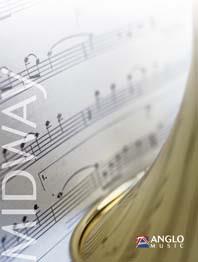 £206.99
£206.99The Seasons (Concert Band - Score and Parts) - Sparke, Philip
In this exciting four-movement suite Philip Sparke has taken the yearly cycle to inspire the framework for the work. Spring Sunshine describe a bright spring morning, Summer Siesta conjures up a quiet rest by a river on a hot summer afternoon. Autumn Alone heralds the approaching dark days of winter and Winter Winds brings the work to a close as it portrays stormy winter weather in all its fury and glory. This work of great contrast is sure to become a favourite in your concert repertoire.Duration: 14:45
Estimated dispatch 7-14 working days
-
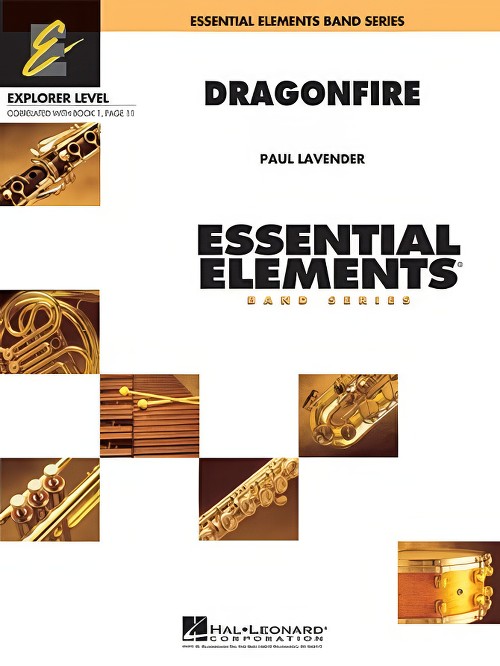 £47.50
£47.50Dragonfire (Concert Band - Score and Parts) - Lavender, Paul
Dark and sinister are not words normally associated with music for beginning bands. However, this well-written Paul Lavender original provides powerful and dramatic sounds even at this very easy level. With nothing faster than a quarter note (8th notes in percussion), your players will be eager to tackle this one!
Estimated dispatch 7-14 working days
-
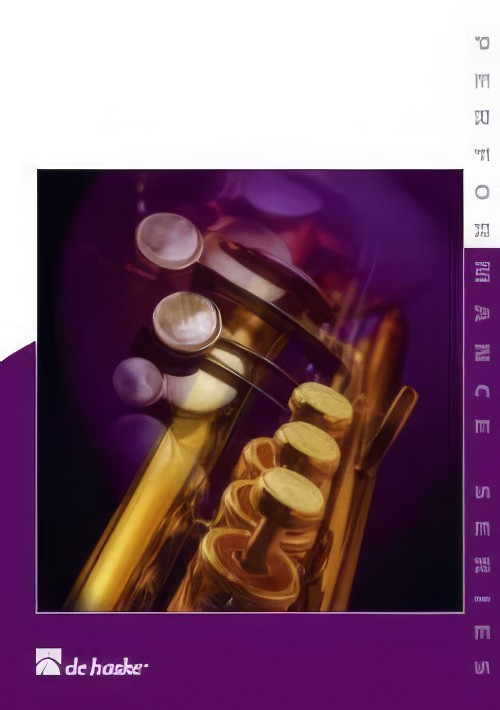 £76.99
£76.99Yin Yang Serenade (Concert Band - Score and Parts) - De Haan, Jacob
The Chinese conceptions yin and yang represent the two contradicting principles of an object or phenomenon, such as day and night, light and dark, man and woman. In Yin Yang Serenade this can be found in the musical opposites, legato-staccato and minor-major, creating an work with great atmospheric contrast.Duration: 2:00
Estimated dispatch 7-14 working days
-
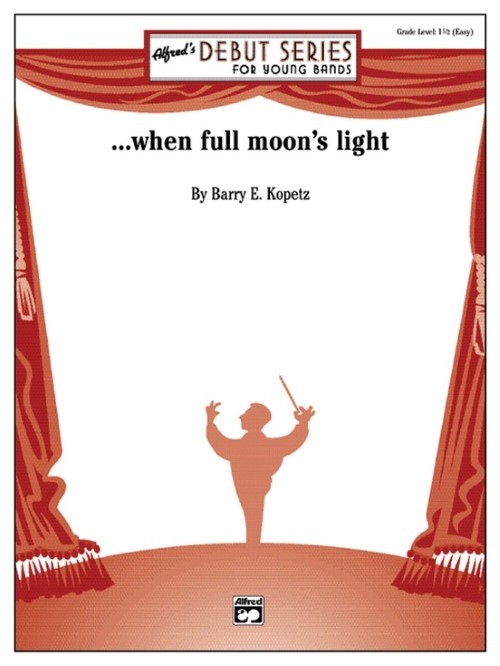 £41.50
£41.50...When Full Moon's Light (Concert Band - Score and Parts) - Kopetz, Barry E.
Dark and brooding images are portrayed in the opening section of this original from Barry Kopetz. The mood soon changes, and an incessant ostinato follows, conjuring images of a chase. The work concludes in a breathtaking whirl of energy. Powerful! Duration: 2.30
Estimated dispatch 7-14 working days
-
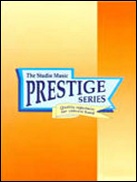 £184.95
£184.95Summer Nights (French Horn Solo with Concert Band - Score and Parts) - Ellerby, Martin
Six Vignettes for Solo Horn and Concert BandThis 'song-cycle', featuring a solo horn, is based on the same set of poems that inspired Berlioz's Les Nuits d'Ete. The original song cycle is essentially dark, encapsulated by movements of a more lively and positive nature and the essence of this approach has been maintained in this contemporary work: Villanelle; The Ghost of the Rose; On the Lagoons; Absence; At the Cemetery; The Unknown Isle.Performance time 16'15"Recorded on QPRM146D,The Year of the Dragon, Royal Northern College of Music Concert BandF Horn Solo & Piano Accompaniment edition available separately
Estimated dispatch 7-14 working days
-
 £44.95
£44.95Summer Nights (French Horn Solo with Concert Band - Score only) - Ellerby, Martin
Six Vignettes for Solo Horn and Concert BandThis 'song-cycle', featuring a solo horn, is based on the same set of poems that inspired Berlioz's Les Nuits d'Ete. The original song cycle is essentially dark, encapsulated by movements of a more lively and positive nature and the essence of this approach has been maintained in this contemporary work: Villanelle; The Ghost of the Rose; On the Lagoons; Absence; At the Cemetery; The Unknown Isle.Performance time 16'15"Recorded on QPRM146D,The Year of the Dragon, Royal Northern College of Music Concert BandF Horn Solo & Piano Accompaniment edition available separately
Estimated dispatch 7-14 working days
-
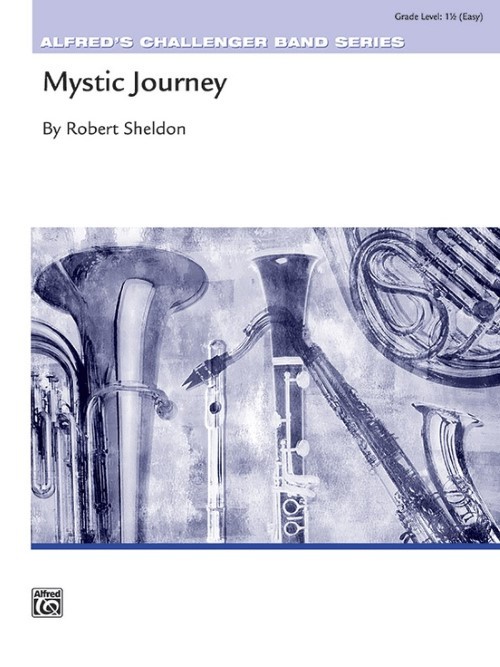 £49.95
£49.95Mystic Journey (Concert Band - Score and Parts) - Sheldon, Robert
Mystic Journey features a dark and ominous opening that leads to a very rhythmic and jungle-like dance. The scoring brings out wonderful colors that even young bands can express. The initial theme reappears before the dance rhythms once again take over, concluding the piece with a burst of energy. Duration: 2.45
Estimated dispatch 7-14 working days
-
 £206.99
£206.99Chorale and Variations (Concert Band - Score and Parts) - Sparke, Philip
As the title suggests, this piece comprises a set of variations on an original chorale,which is presented in the opening bars.The chorale uses the dark middle and lower sections of the band and is extended with minor variations until a pause leads to the first real variation, marked Vivo. This is in the form of a moto perpetuo. The second variation is a beautiful Andante introduced by a solo clarinet. Following a full band climax the final variation opens with quiet, nervous energy until its main theme is introduced.The chorale makes a brief appearance until the main theme reappears. This leads to a triumphant final augmented statement of the chorale theme, decorated by the florid clarinet theme in the upper woodwinds. A dazzling concert work.Duration: 14:00
Estimated dispatch 7-14 working days
